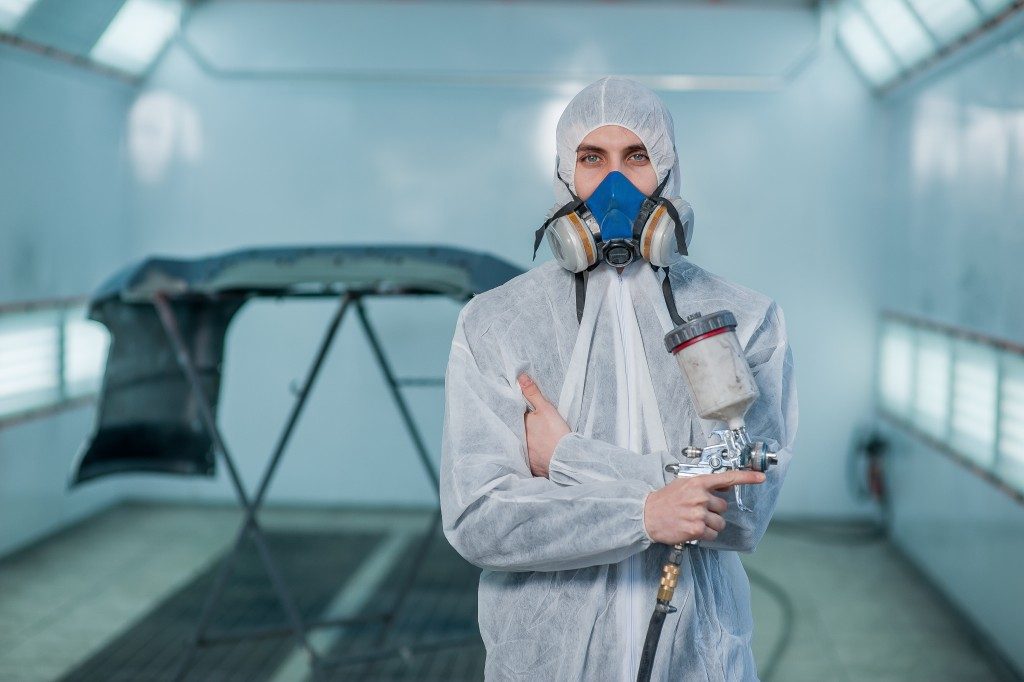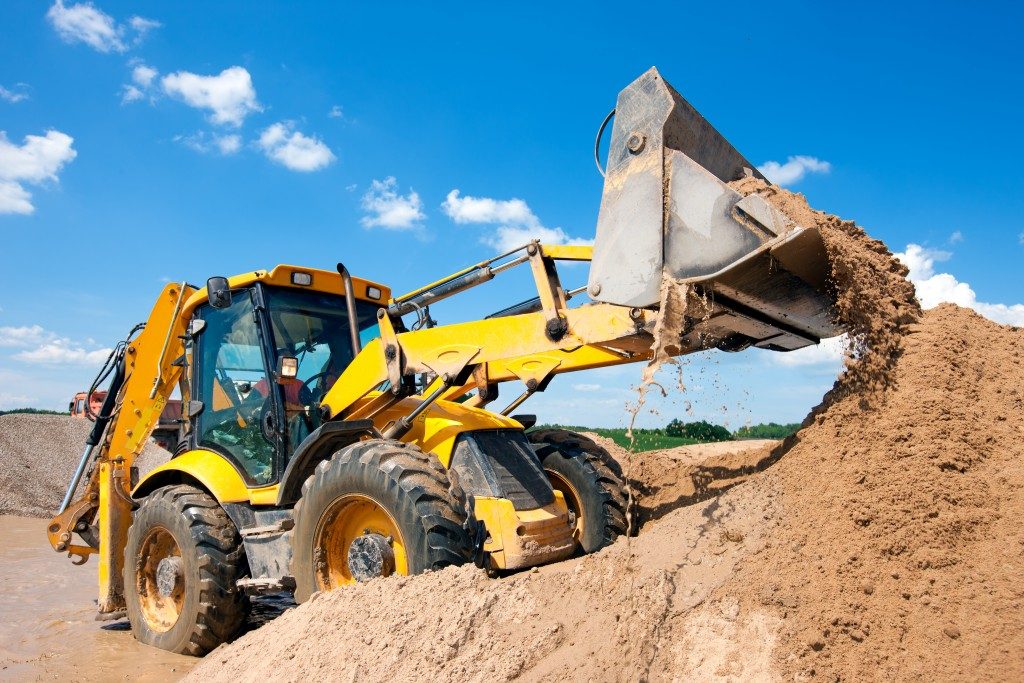Glass is used for different purposes in construction because of its engineering properties and ability to be formed to any specification. Learn more about its properties and types.
Engineering Properties
Transparency – The primary consideration for glass is its transparency. It can allow visibility from one or both sides, depending on intended use and how it’s made.
Strength – Glass is generally considered a brittle material. But it can be made more durable with the addition of laminates and admixtures.
Workability – Flexibility is another feature of glass. The glass panel can be moulded into any shape with high temperatures during the melting process. They can be worked into a specific form to fit varying needs. Because of this, it’s recyclable. Glass can be used again and again, as a raw material in construction.
Transmittance and U-Value – Glass contains a property that can limit visible light, so only a fraction is transmitted through. Insulated glass contains a low u-value to reduce the amount of heat allowed to enter through it.
Two Types of Glass

Laminated Glass
Laminated glass is designed with multiple layers of glass. There are at least two plies of glass with a vinyl interlayer sandwiched between them. The strong and clear sheet of glass and plastic is created with pressure and high temperatures. Because it’s a combination of layers, it is a lot thicker and heavier than normal and tempered glass. The glass layers will also stick together even when one becomes broken or cracked. The glass will bend, flex, and crack instead of shattering. This quality makes it suitable as a safety glazing material.
The properties of laminated glass make it perfect for use in modern car windshields. The tight layer groupings keep glass from shattering apart with pressure or impact. It’s crucial for effective airbag deployment and allowing occupants to remain in a vehicle in case of an accident. There also several other key advantages to the design of laminated glass. It’s able to block 99% of ultraviolet light transmission and produce high sound insulation.
However, while laminated glass is resistant to shattering, it can develop chips, cracks, and scratches. Auto Glass Oshawa notes the importance of getting small chips in the windshield repaired right away to prevent them from spreading and expanding across a larger portion of the windshield.
This type of glass is commonly for used for other applications, including for aquariums and bridges. Thicker and multilayered forms of laminated glass can qualify as bullet-resistant glass.
Tempered Glass
Tempered glass is infused with special chemical compounds for more balanced internal stress and pressure properties. A pre-cut and edged standard piece of glass is heated to 1200 degrees Fahrenheit before it is rapidly cooled down in a process called quenching. This results in a hardened piece of glass five times stronger than the original piece of glass.
If this glass does break, it will shatter into very small pieces. The glass is much less likely to cause injury or damage to people who come in contact with broken glass.
This type of glass is often used for a car’s passenger windows. However, they are not durable or strong enough to be used as a car’s front or rear windshield.



